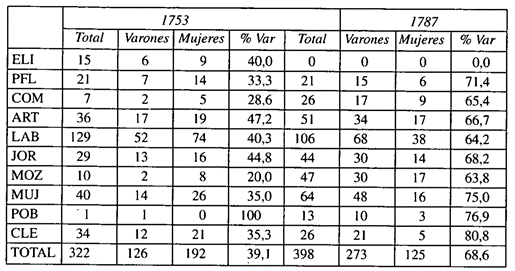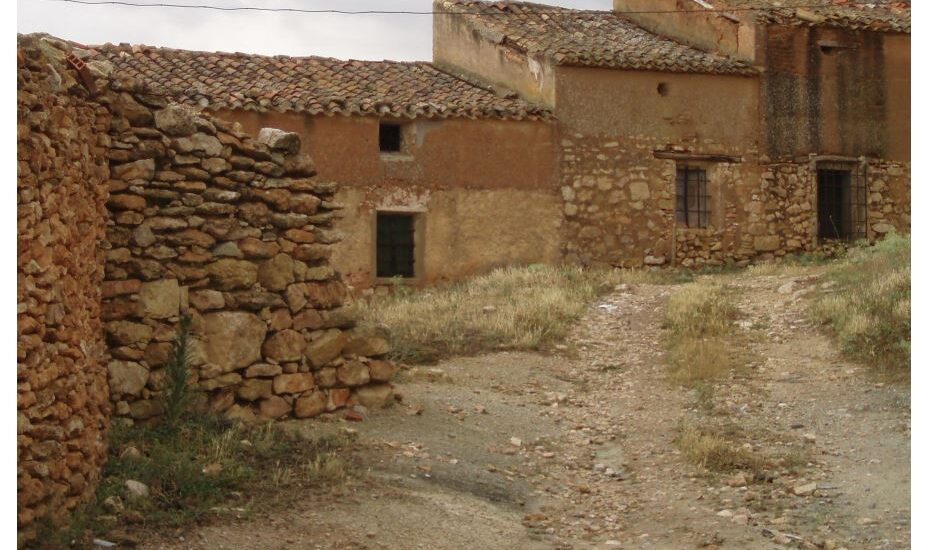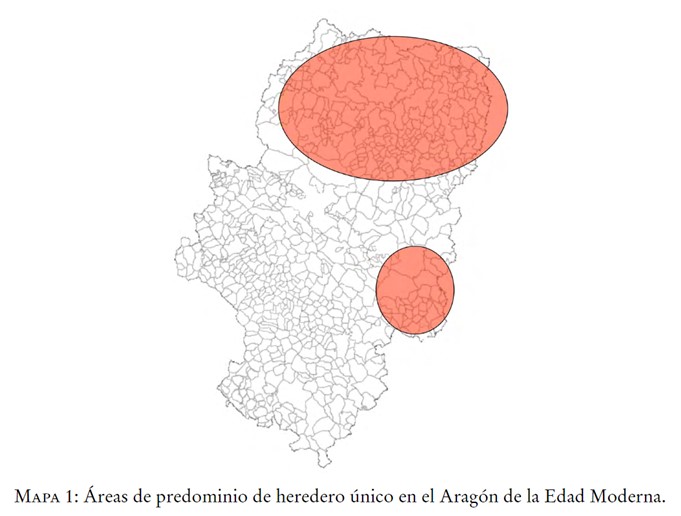
In the mid-18th century in the interior of Spain, the nuclear family model (parents and children) predominated, with sporadic extended models (parents, children and close relatives). In terms of age, 20% of all resident relatives were over 50 years old. If we add sex to this variable, 85.2% were women and 14.7% were men. Among the women, the mother figure stood out considerably, followed by the mother-in-law. From the distance between the two, it can be deduced that their presence was oriented towards care and household tasks. For their part, the presence of cousins, aunts or sisters-in-law was testimonial; the same was true of the men. Thus, the profile of the relatives according to sex, age and kinship denotes a tendency towards temporariness in the household, a temporariness that in no way reflects structural behavioural patterns.
Collection: Statistics
Project: 3. Rural world and urban world in the formation of the European identity., 4. Family, daily life and social inequality in Europe.
Chronology: XVIII
Scope: Secondary Education, Baccalaureate, University
Link: https://e-revistas.uc3m.es/index.php/REVHISTO/article/view/3697/2303
Resource type: Statistics
Format: Table
Source: García González, F. (2017) “Mujeres al frente de sus hogares. Soledad y mundo rural en la España interior del Antiguo Régimen”, en Revista de Historiografía, nº 26, p. 41.
Language: Spanish
Date: 2017
Owner: Pablo Ballesta Fernández (Modernalia)
Copyright: © Instituto de Historiografía "Julio Caro Baroja" de la Universidad Carlos III ©Francisco García González ©Seminario de Historia Social de la Población
Abstract: Family aggregates over 50 years old within the family nucleus, highlighting the importance of women as cohabitants: mothers and mothers-in-law led the profiles that were most dependent on the household.
Tags







